The fruit is sweet, juicy, and succulent in superior agricultural varieties.



Traveling around all parts of the country Vietnam, you can see the familiar image of longan trees grown everywhere. However, the image of the village longan tree has brought not just locals, but also tourists a lot of emotions. The villagers do not know when the tree was planted, how many years it lives and how old it is. They only know the tree stands there tall and firm despite the flow of time.
Longan dessert with lotus seeds (Che long nhan hat sen) is the first dish to mention when speaking of food made from longan. This is a typical Vietnamese dessert, with a deep sweet taste, rich lotus flavor, very suitable for cooling in the summer as well as beauty enhancement. In addition, it is also dried to make jam or dried longan, or served as an ingredient for savory and nutritious dishes such as longan stewed chicken, perfect for strengthening the body.
When spring comes, thanks to the favorable weather, longan fruits will grow and thrive. The shell of the longan is brown like the color of the branch and the inside is crystal clear and has a rich sweetened taste. When a longan tree has fruit eaten by a bird, it is when the trees can be harvested. This is also the time when the children in the village climbed up the longan tree, picked the fruits down to eat and laughed happily together.



Longan is a popular summer fruit in several Asian countries, especially in Vietnam. This fruit has a sweet taste, is easy to eat and is good for health. However, it can also have many side effects if not used correctly. In order to enjoy this delicious royalty fruit, first we need to peel it, squeeze the body with our hands so that the flesh inside slowly comes out. Place the fruit in your mouth and enjoy the sweet ivory-white pulp, remember to remove the seeds after.
Longan is a tropical and sub-tropical plant. In Vietnam, longan is grown quite popularly along all parts of the country from North to South. Due to its high economic efficiency, in recent years, the cultivated longan area has grown rapidly. Longan is grown in many different regions, but the best are the ones originated from Hung Yen and Dong Thap.
The seed and the peel are not consumed. Apart from being eaten raw like other fruits, longan fruit is also often used in Asian soups, snacks, desserts, and sweet-and-sour foods, either fresh or dried, and sometimes preserved and canned in syrup. The taste is different from lychees; while longan has a drier sweetness similar to dates, lychees are often messily juicy with a more tropical, grape-like sour sweetness.
Once fermented, it can be made into longan wine.
The longan is so named because it resembles an eyeball when its fruit is shelled (the black seed shows through the translucent flesh like a pupil and iris). The seed is small, round and hard, and of an enamel-like, lacquered black. The fully ripened, freshly harvested fruit has a bark-like shell, thin, and firm, making the fruit easy to peel by squeezing the pulp out as if one were “cracking” a sunflower seed. When the shell has more moisture content and is more tender, the fruit becomes less convenient to shell. The tenderness of the shell varies due to either premature harvest, variety, weather conditions or storage conditions.
The fruit hangs in drooping clusters that are circular and about 1 in (2.5 cm) wide. The peel is tan, thin, and leathery with tiny hairs. The flesh is translucent, and the seed is large and black with a circular white spot at the base. This gives the illusion of an eye. The flesh has a musky, sweet taste, which can be compared to the flavor of lychee fruit.
Raw longan fruit is 83% water, 15% carbohydrates, 1% protein, and contains negligible fat. In a 100 gram reference amount, raw longan supplies 60 calories of food energy, 101% of the Daily Value (DV) of vitamin C, 12% DV of riboflavin, and no other micronutrients in appreciable quantities.
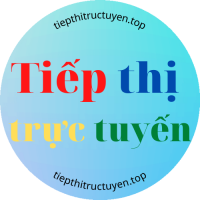
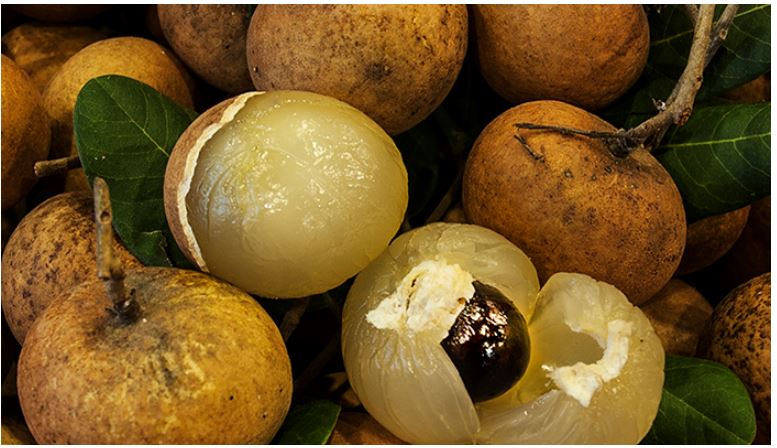
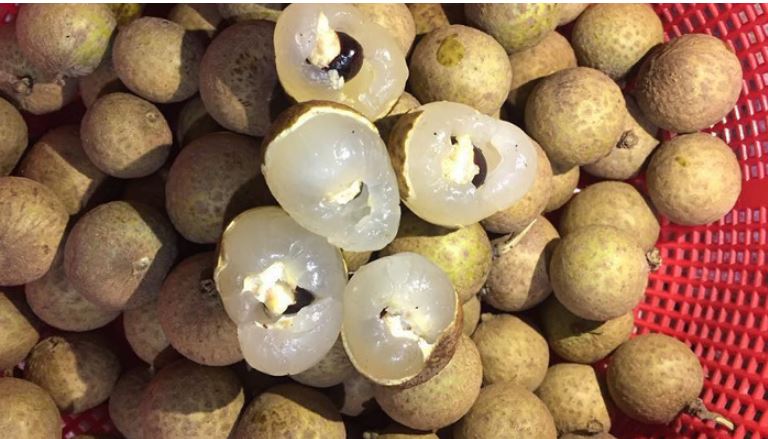
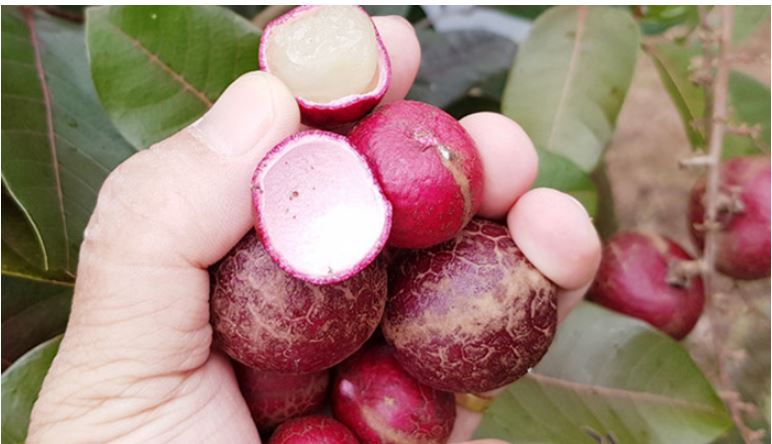
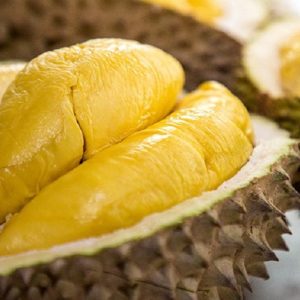

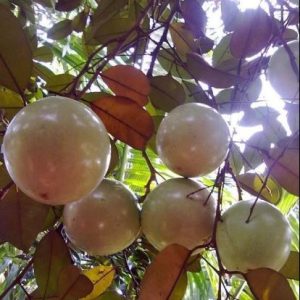










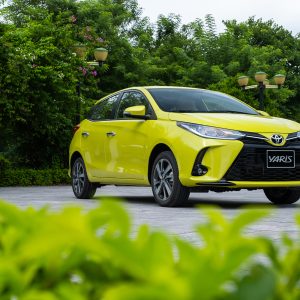
Đánh giá
Chưa có đánh giá nào.